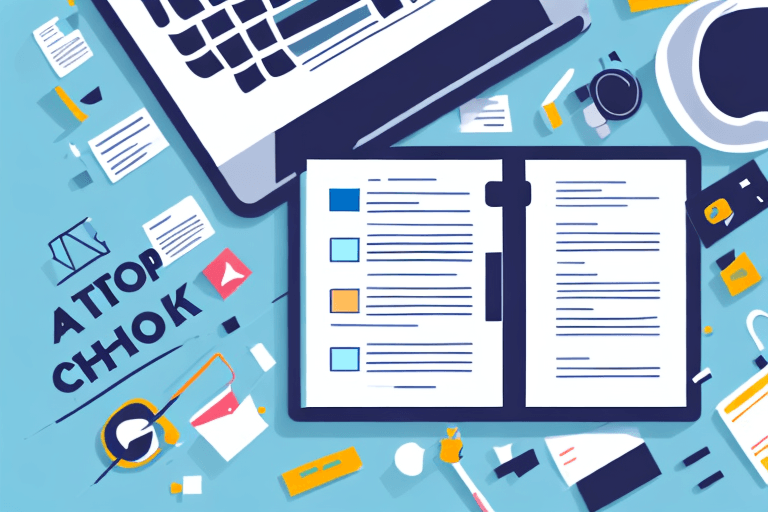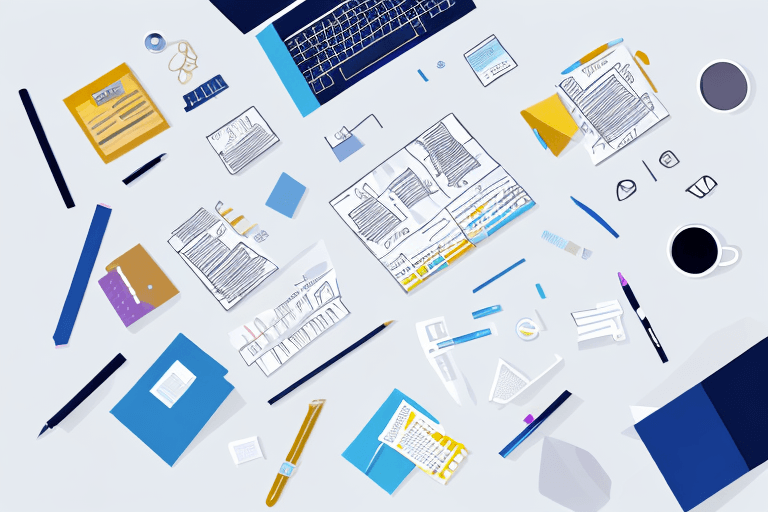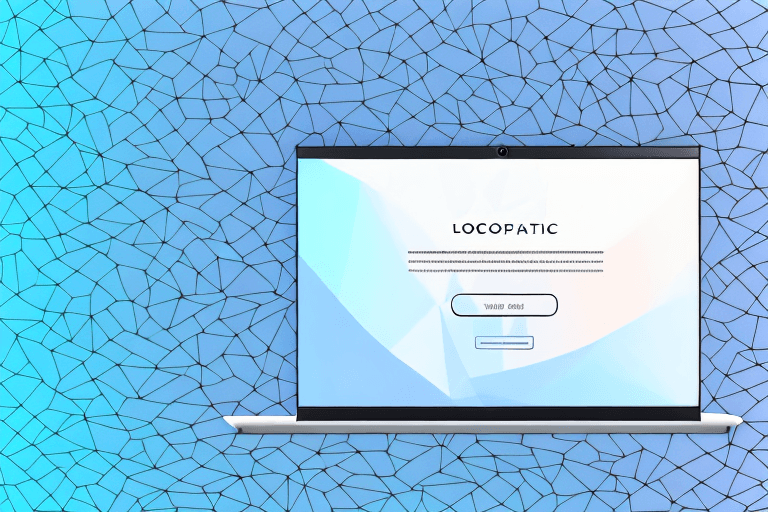After an important meeting, it's critical to follow up with your colleagues to ensure that everyone is on the same page and to make sure all actions items are clear. But sending a follow-up email doesn't have to be a chore! By crafting a thoughtful email, you can strengthen professional relationships, demonstrate your commitment, and ensure clear communication. Here's how to create the perfect meeting follow-up email template.
Why a Follow-Up Email is Crucial
In today's fast-paced business world, follow-up emails are more critical than ever. Not only do they show that you value the time and opinions of your colleagues, but they also help you establish yourself as a professional who takes initiative and follows through on tasks. A follow-up email can help your company achieve its goals by ensuring that everyone is on the same page and understands next steps.
Strengthening Professional Relationships
A follow-up email is an excellent opportunity to strengthen professional relationships. Whether you're reaching out to a new colleague or a longtime business partner, a thoughtfully crafted email can help create a lasting impression. By following up, you're showing that you're invested in the relationship and that you're willing to put in the effort to maintain it. This can help build trust, which is essential to any business relationship.
For example, if you recently had a meeting with a potential client, sending a follow-up email thanking them for their time and summarizing the key points discussed can go a long way in establishing a positive relationship. You can also use this opportunity to offer additional resources or information that may be helpful to them.
Demonstrating Your Commitment
Sending a follow-up email demonstrates your commitment to the meeting's outcomes and shows that you value the time and opinions of your colleagues. It also shows that you're willing to take responsibility for ensuring that the outcomes are achieved. This can help establish you as a reliable and proactive team member.
For instance, if you were tasked with organizing a team meeting, sending a follow-up email with a detailed agenda and action items can demonstrate your commitment to ensuring that the meeting is productive and that everyone is on the same page.
Ensuring Clear Communication
An excellent follow-up email should ensure that there is no ambiguity around the meeting's outcomes. It should summarize the main points discussed and outline any action items and deadlines. By doing this, you're helping all parties involved to have a clear understanding of what was discussed and what needs to be done.
For example, if you recently had a brainstorming session with your team, sending a follow-up email summarizing the ideas discussed and outlining the next steps can help ensure that everyone is on the same page and that the ideas are not forgotten.
In conclusion, a follow-up email is a crucial part of effective communication in the workplace. It can help you build and strengthen professional relationships, demonstrate your commitment to achieving outcomes, and ensure clear communication. By taking the time to craft a thoughtful and detailed follow-up email, you can set yourself apart as a proactive and reliable team member who values the opinions and time of their colleagues.
Key Components of an Effective Follow-Up Email
A follow-up email comprises a few key components that make it effective. By following these best practices, you can create an email that is clear, concise, and impactful.
As you sit down to write your follow-up email, it's important to keep in mind that this is your chance to make a lasting impression. Whether you're following up after a job interview, sales call, or meeting with colleagues, you want your email to convey your professionalism and attention to detail.
Here are some additional tips to help you craft an effective follow-up email:
Subject Line: Grab Their Attention
The subject line of your follow-up email is crucial as it's what your recipients will see first. Make sure it's clear, concise, and attention-grabbing. A good subject line should sum up the outcomes of the meeting and convey the email's purpose at a glance.
For example, if you're following up after a job interview, your subject line might read: "Thank you for the interview - follow-up and next steps."
Personalization: Make It Unique
Your follow-up email should be personalized to the recipients. Address each person by name and include details from the meeting that are specific to them. Doing so shows that you're thoughtful and that you value the individual contributions of each person.
For example, you might say, "It was great meeting you, John. I really appreciated your insights on the new project we discussed."
Recap: Summarize the Meeting
Your follow-up email should start by recapping the meeting's main points. Make sure you highlight the outcomes and next steps. Doing this ensures that everyone is clear about what was discussed and what needs to be done.
For example, you might say, "As a quick recap, during our meeting we discussed the new project and agreed to move forward with the proposal. Our next step is to finalize the budget and timeline."
Action Items: Define Next Steps
An effective follow-up email should outline any action items and deadlines that were discussed during the meeting. These should be assigned to each person responsible for them, so everyone is clear about their responsibilities.
For example, you might say, "As we discussed, John will be responsible for finalizing the budget by next Friday, and I will be in charge of creating the project timeline by the following week."
Gratitude: Show Appreciation
Finally, make sure to include a note of gratitude for everyone's time and contributions to the meeting. Showing appreciation demonstrates that you value your colleagues' time and efforts.
For example, you might say, "Thank you all for taking the time to meet with me today. I really appreciate your insights and look forward to working together on this project."
By following these best practices, you can create a follow-up email that is both professional and effective. Remember to keep it concise, personalized, and focused on the outcomes of the meeting. With a little effort, you can leave a lasting impression on your colleagues or potential employer.
Crafting the Perfect Follow-Up Email Template
Now that we've covered the key components of an effective follow-up email, let's look at how to put them together to create the perfect template. Following these steps will help you create a follow-up email that is professional, concise, and effective.
Start with a Strong Opening
Your follow-up email should start with a strong opening that immediately conveys the purpose of the email. You could start by thanking everyone for their time and participation. For example, "Thank you for taking the time to meet with me earlier this week."
It's important to remember that your opening sets the tone for the rest of the email, so make sure it's clear and concise. You want to grab the reader's attention and encourage them to keep reading.
Include a Meeting Recap
Next, include a meeting recap that summarizes the main points discussed. Be sure to be as concise as possible. This section should be a brief overview of the meeting and its outcomes. You could also mention any positive outcomes that emerged from the meeting. For example, "During our meeting, we discussed several key points, including A, B, and C. I'm pleased to report that we were able to come to a consensus on several of these issues."
Remember, the purpose of the meeting recap is to remind the reader of what was discussed and what was agreed upon. Keep it brief and to the point.
Address Action Items and Deadlines
After the meeting recap, list any action items and deadlines that were discussed. Assign each task to the relevant person and make sure all deadlines are clearly outlined. This section should be organized in a clear and easy-to-read format, such as a bulleted list. For example:
- John Smith: Complete project report by Friday, August 6th
- Jane Doe: Schedule follow-up meeting for Tuesday, August 10th
- Bob Johnson: Provide updated budget projections by Monday, August 9th
By clearly outlining the action items and deadlines, you ensure that everyone is on the same page and knows what is expected of them.
Offer Assistance and Collaboration
In your follow-up email, offer your assistance and collaboration to those responsible for the action items. Doing so demonstrates your commitment to achieving the meeting's objectives and builds teamwork. For example, "If you need any assistance with your project report, please don't hesitate to reach out to me. I'm happy to help in any way I can."
By offering your assistance, you show that you are a team player and that you are invested in the success of the project. This can help build trust and foster a positive working relationship.
End with a Thank You and Sign-Off
Finally, end your follow-up email with a note of appreciation for everyone's time and contributions. Use a professional sign-off, such as "Best regards" or "Sincerely," followed by your name and contact information. For example, "Thank you again for your time and contributions. I look forward to working with you all again soon. Best regards, [Your Name]".
Remember, your follow-up email should be professional, concise, and effective. By following these steps, you can create a template that can be used for future follow-up emails, saving you time and ensuring consistency.
Conclusion
By following these tips, you can create a follow-up email that strengthens professional relationships, demonstrates your commitment, ensures clear communication, and helps your company achieve its goals. Remember to make your email personalized, concise, and impactful, and you're sure to create a lasting positive impression.




